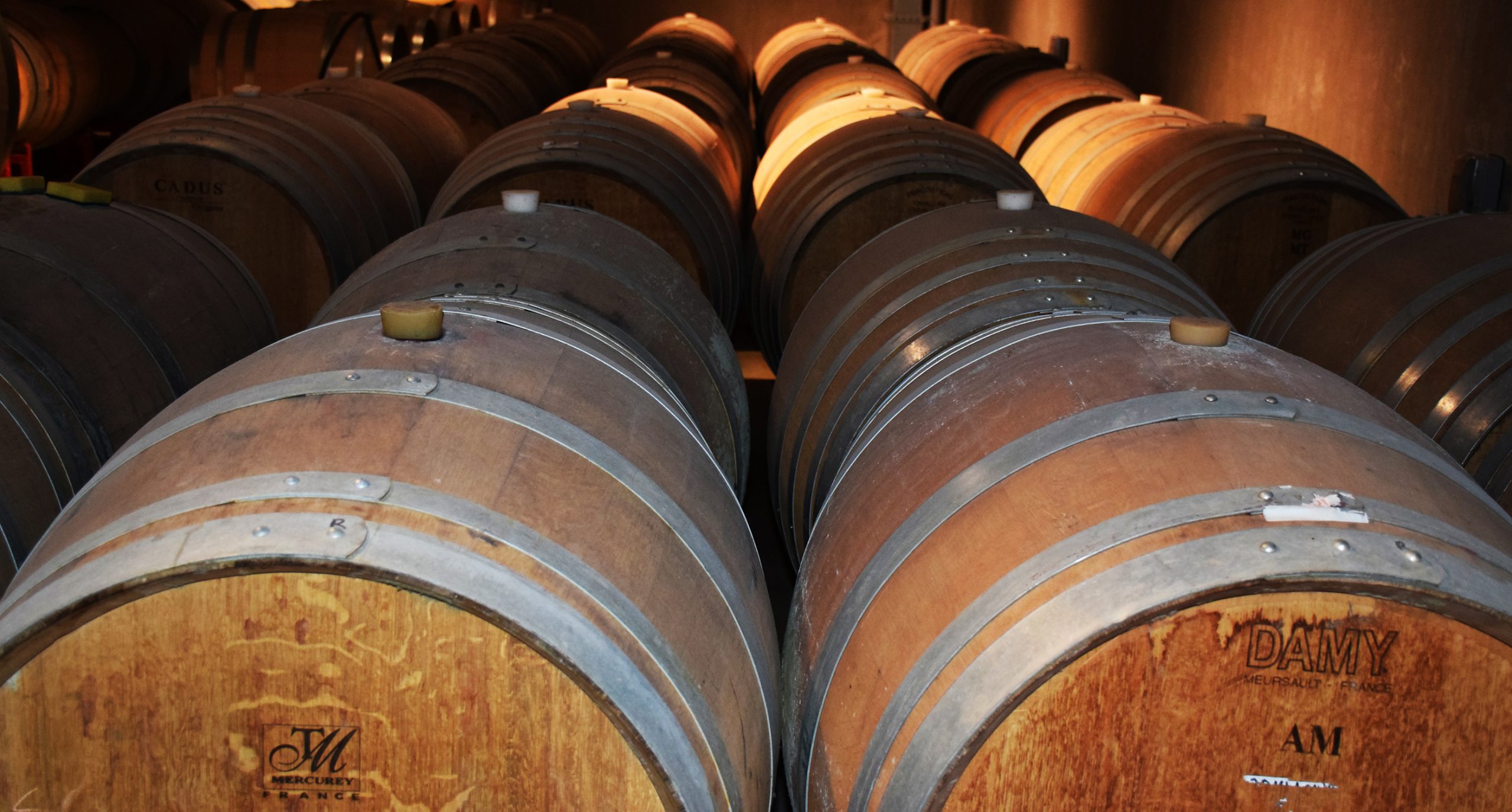
How much do you know about barrels? For example, did you know that in France, there are specific oak forests and each forest has a different flavour profile, relative to its area? Choosing barrels is a more complicated process than most people assume. How complicated? Our Vineyard and Winery Manager, Shauna White, gives us the details on just what’s involved in selecting our barrels:
1. After choosing the region and forest, grain size is the next factor to consider. The grain size ranges from tight to medium to heavy, and this relates to the pore size of the oak, which tells you how much extract of flavour you will get from it. For example, American oak always has larger pores than French oak, so you will get more oak flavour from the American.
2. Next, you consider toasting. Available options are: light, light-med, med, med-heavy, heavy, extra heavy, as well as just toasted staves or toasted staves and heads. A more heavily toasted barrel will add a smokier, spicier taste.
3. Water bent or fire bent is the next thing to choose. Water bent barrels saturate the wood first and then toast the barrel, allowing for the heat to penetrate deeper into the wood. In this case, the longer the wine is exposed to the barrel, the stronger the oak taste will get. With fire bent, your first year of toasting is the strongest, and as years go on, you get less and less toasted flavour.
4. Barrel size is also important, as barrels range in size from 60 L to 1000 L. This is important because it determines the surface area to wine ratio, so there is less barrel influence with a larger barrel.
5. Staves are something to consider as well. You can choose thick staves or thin staves, which is essentially how wide each plank is on the barrel. The wider the plank, the longer the barrel lasts, in theory.
Winemaking is such a rich and complex process and selecting your barrels is just one consideration. For more information on our winemaking practices, please visit our website at adamoestate.com.
